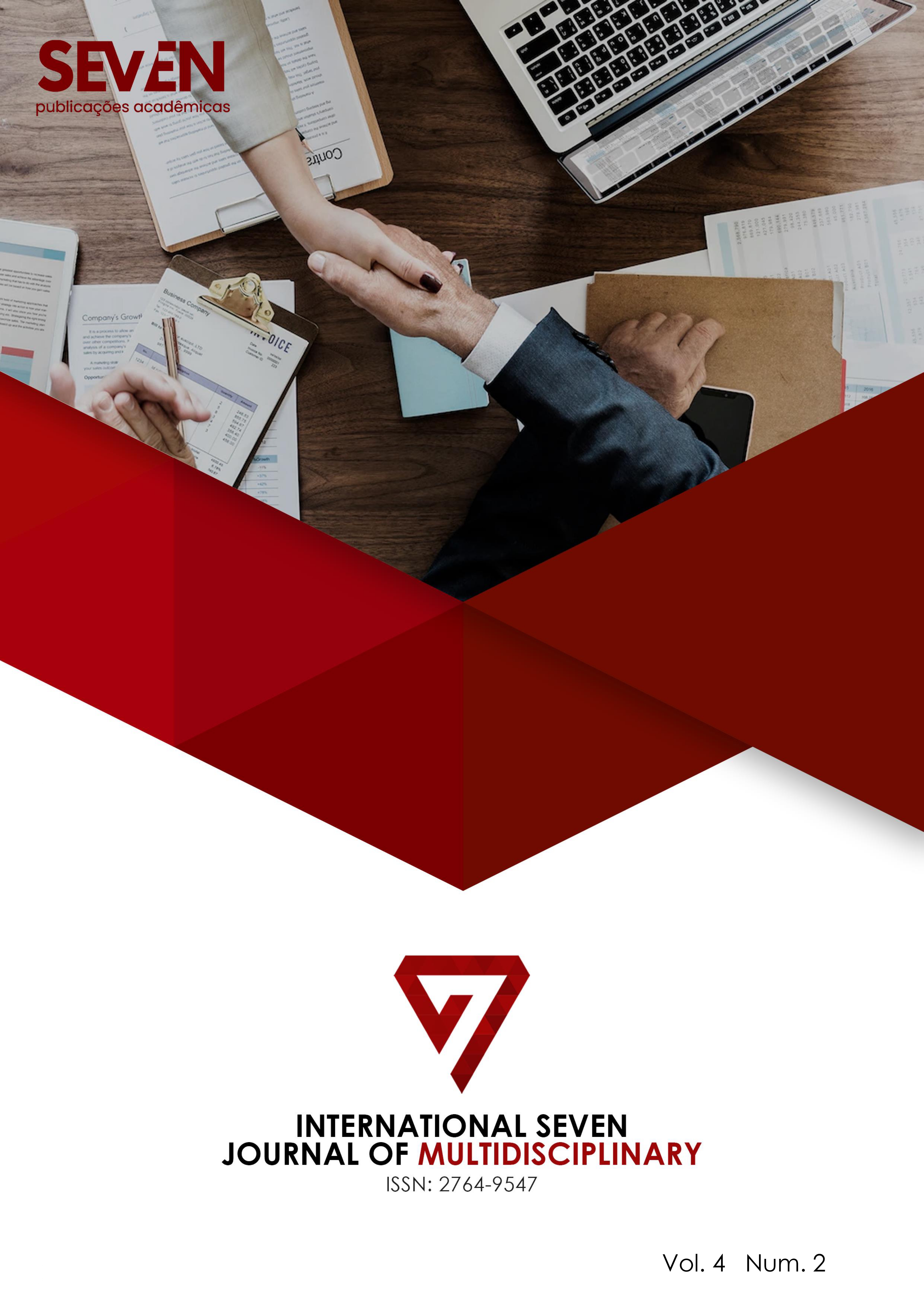AIRWAY MANAGEMENT IN EMERGENCY SITUATIONS: INDICATIONS, TECHNIQUES, STRATEGIES AND CHALLENGES
DOI:
https://doi.org/10.56238/isevmjv4n2-004Keywords:
Airway, Emergency, Indications, Strategies, ChallengesAbstract
Respiratory failure occurs when the respiratory system is not able to meet the body's oxygen demands. That is, oxygen is insufficient or CO₂ is not eliminated properly, thus accumulating in the bloodstream. It is classified into two main types: type I (hypoxemic), characterized by PaO₂ below 60 mmHg, and type II (hypercapnic), with PaCO₂ above 50 mmHg. Type I results from changes in oxygenation (such as ARDS or pneumonia), while type II is related to hypoventilation (such as in intoxication or neuromuscular diseases). Effective management of respiratory failure requires prioritization of the airway. Basic methods, such as nasal cannula and oxygen masks, serve mild to moderate situations, while advanced devices, such as orotracheal intubation, are indispensable for severe and critical cases. Intubation is the gold standard in severe acute respiratory failure with a decreased level of consciousness, as it protects the airway, improves ventilation, and allows the administration of medications. Maneuvers such as Head-Tilt, and Jaw-Thrust, and devices such as Guedel's cannula are essential to keep the airway patent in emergencies. Advanced techniques, such as cricothyroidotomy, are used in extreme situations. Preparation of staff and materials, including equipment checklists, is vital. Challenges to maintaining oxygenation, ventilation, and patent airway include difficult airway recognition, resource limitations, and complications such as aspiration or trauma. Continuous staff training and technological advances, such as video laryngoscopes, have improved outcomes. In emergencies, appropriate airway management, adapted to the clinical situation, is crucial to stabilize the patient, prevent unfavorable outcomes, and ensure the effectiveness of oxygenation and ventilation.
Downloads
Published
Issue
Section
License
Copyright (c) 2025 International Seven Journal of Multidisciplinary

This work is licensed under a Creative Commons Attribution-NonCommercial 4.0 International License.


